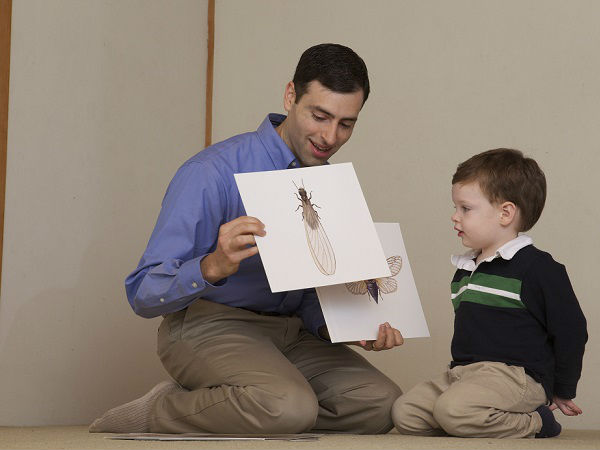Children are often curious, playful and do many things that we don't want them to do. But letting the saying "No" work for a preschool child is completely not easy.
Pause and take a deep breath.
Her grandfather had the saying "So angry" that was very sensible. Most parenting mistakes come from angry moments. Before screaming angrily because he did something wrong, just a few seconds of deep breath will help you calm down. Think quickly about what to say and how to act in front of your child instead of the anger that is about to make you lose control.
>>> See also: 6 principles of controlling anger in front of children
Use sentences other than “No”
Instead of saying “No”, you can say “Dumb” if you notice your child is about to touch a wild animal or “Dangerous” if he runs down the roadway. Short one or two-word sentences like these have an immediate effect on stopping the child from acting inappropriately.
Towards the positives
Children don't like the word "No" at all because it means they can't do what they like. Besides, a word with a completely negative meaning like this is also easy to create a negative feeling for the child that parents no longer love their children, so they will not spoil their children. That is why every time they scold a child for something, parents should try to repeat their child's past good actions as a role model instead of digging up old mistakes.
>>> See more: Teaching children to be active: Tiger or Dolphin?
Utilizing the strength of eye contact
The grandchild refuses to eat all the rice, turns to his grandmother "for help", so she tells her mother: "Well, that's enough. Put him to sleep. ” But the mother rolled her eyes and the son was obediently eating the rice. Did you find this scene very familiar from the previous generation? This is the authority that today, sometimes, because of over-indulgence , parents accidentally lose them.

How to say "No" is also an art in teaching good children
Show understanding
Instead of just saying, "You can't eat candies at night." then you can completely show your child how she understands and sympathizes with her needs: “I know you love to eat candy but eating candy at night will get a toothache. To save it tomorrow morning, please eat. "
For what and not for what?
Use short and simple sentences to explain to your child why their actions were not allowed. Mother could say, "Food is to be eaten, not to be thrown." or: "The toy is for play, not for bite."
Offer alternatives In
order for your child to forget about being forbidden, give them alternatives like: “You can't play knives but you can play balls or models, I like kids Which one? " or: “Don't run down the street. Which mother would you like to go to the right or the left side of the mother? "












